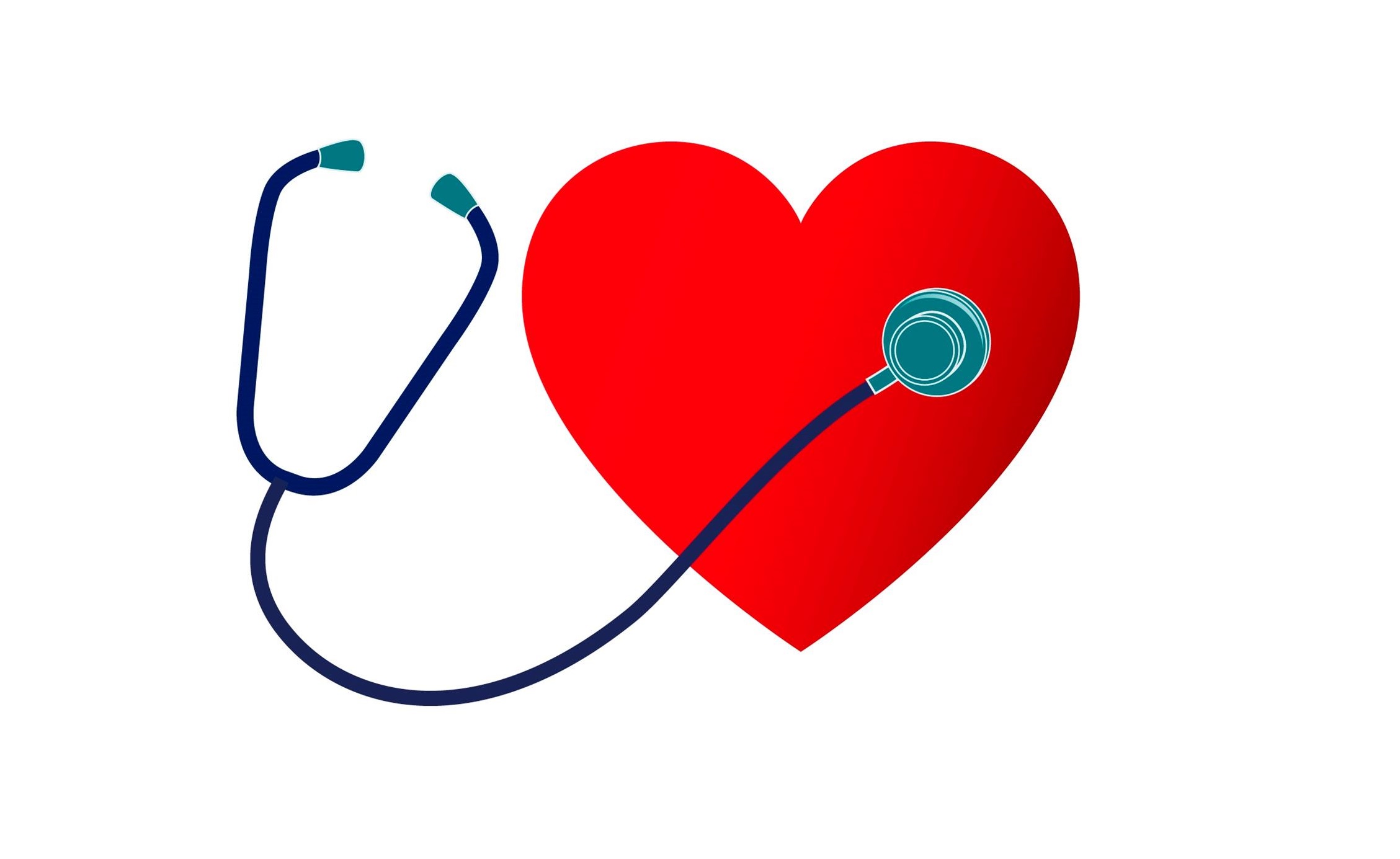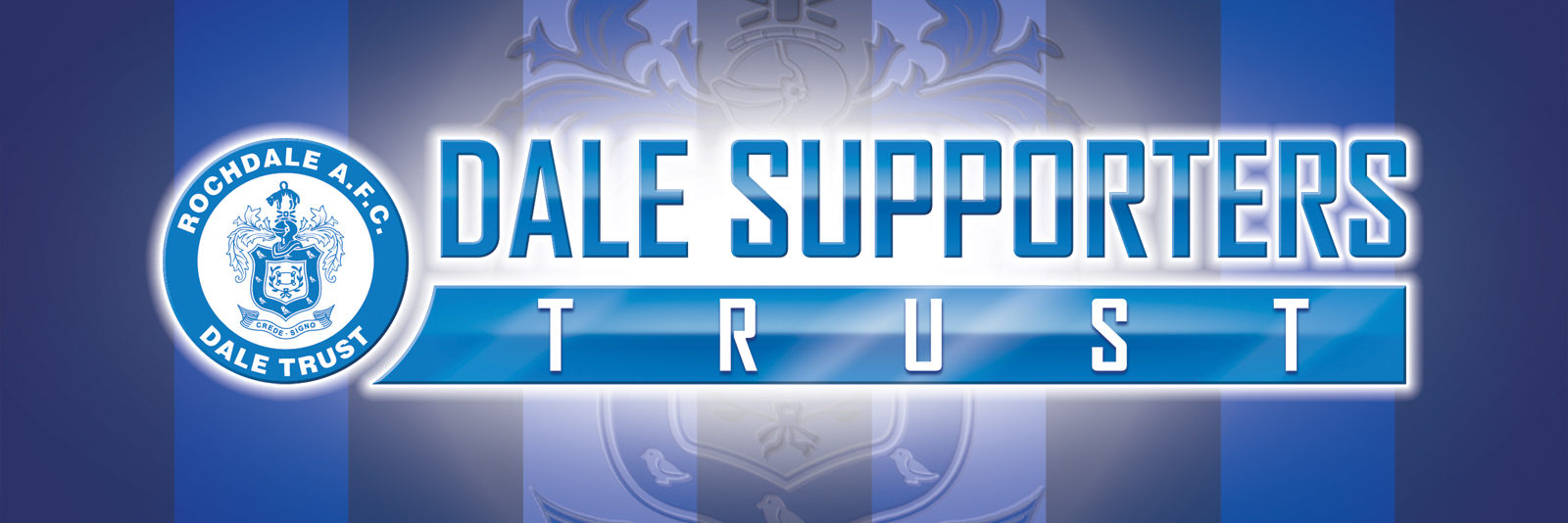
Diagnosis – High cholesterol
Getting a cholesterol test
A blood sample is taken that will be used to determine the amount of bad cholesterol (low-density lipoprotein, or LDL), good cholesterol (high-density lipoprotein, or HDL) and other fatty substances (triglycerides) in your blood.
You may be asked not to eat for 10 to 12 hours before the cholesterol test, usually including when you’re asleep at night. This ensures that all food is completely digested and won’t affect the outcome of the test.
Your GP or practice nurse can carry out the cholesterol test and will take a blood sample, either using a needle and a syringe or by pricking your finger.
A newer type of test that measures non-high-density lipoprotein (non-HDL) is now sometimes used because it’s thought to be a more accurate way of estimating cardiovascular disease (CVD) risk than LDL.
Non-HDL cholesterol is total cholesterol minus HDL cholesterol. It’s also not necessary to fast before the test, so it is more convenient.
Who should be tested?
Your GP may recommend that you have your blood cholesterol levels tested if you:
- have been diagnosed with coronary heart disease, stroke or mini-stroke (TIA), or peripheral arterial disease (PAD)
- are over the age of 40 – people over 40 should have their estimate of CVD risk reviewed regularly
- have a family history of early cardiovascular disease – for example, if your father or brother developed heart disease or had a heart attack or stroke before the age of 55, or if your mother or sister had these conditions before the age of 65
- have a close family member who has a cholesterol-related condition, such as familial hypercholesterolaemia
- are overweight or obese
- have high blood pressure or diabetes
- have another medical condition, such as kidney disease, an underactive thyroid, or an inflamed pancreas (pancreatitis) – these conditions can cause increased levels of cholesterol or triglycerides
Results
After your cholesterol test, your GP or nurse will explain your results and calculate whether you have a high, moderate or low risk of developing heart disease or stroke (cardiovascular disease) within the next 10 years.
However, this risk isn’t just based on your cholesterol reading. It also takes into account:
- your BMI (body mass index) – which measures your weight in relation to your height
- treatable risk factors – such as high blood pressure (hypertension), diabetes and other medical conditions
- your age, sex, family history and ethnicity
Based on your results, your GP or nurse will recommend steps you can take to reduce your risk of developing CVD.
This may include advice about making lifestyle changes, such as eating more healthily – by increasing your intake of omega-3 fatty acids, for example – and doing more exercise.
Cholesterol-lowering medication, such as statins, may also be recommended.
Read more about treating high cholesterol.
Familial hypercholesterolaemia
People with familial hypercholesterolaemia, or inherited high cholesterol, are at increased risk of developing CVD.
In the UK, most of the 120,000 people thought to have the condition are undiagnosed and untreated.
As a result of the increased risk of developing CVD, it’s very important that those with familial hypercholesterolaemia are diagnosed as early as possible and offered appropriate treatment.
The National Institute for Health and Care Excellence (NICE) recommends that adults with a total cholesterol level of above 7.5mmol/l before treatment should be assessed for familial hypercholesterolaemia.
If you’ve been diagnosed with familial hypercholesterolaemia, you’ll be referred for a specialist assessment, which may include DNA testing to confirm the diagnosis.
Appropriate treatment will be recommended and other members of your family who may be affected will also be tested.
You’ll be closely monitored, and should have a full review at least once a year to check how well your treatment is working and assess any symptoms you may have.
Children
Children at risk of familial hypercholesterolaemia will be tested by the time they are 10 years old.
This is because any signs of CVD, such as thickening of the carotid artery wall, will be identifiable by this age.
The assessment will be carried out by a specialist with expertise in familial hypercholesterolaemia in children and young people.
Early diagnosis of familial hypercholesterolaemia means it’s possible to recommend lifestyle changes and other appropriate treatments to reduce the long-term problems associated with high cholesterol and improve long-term health.
For further information, see the NICE guidance about familial hypercholesterolaemia.
Further information can be found on the British Heart Foundation web site whch is found HERE
